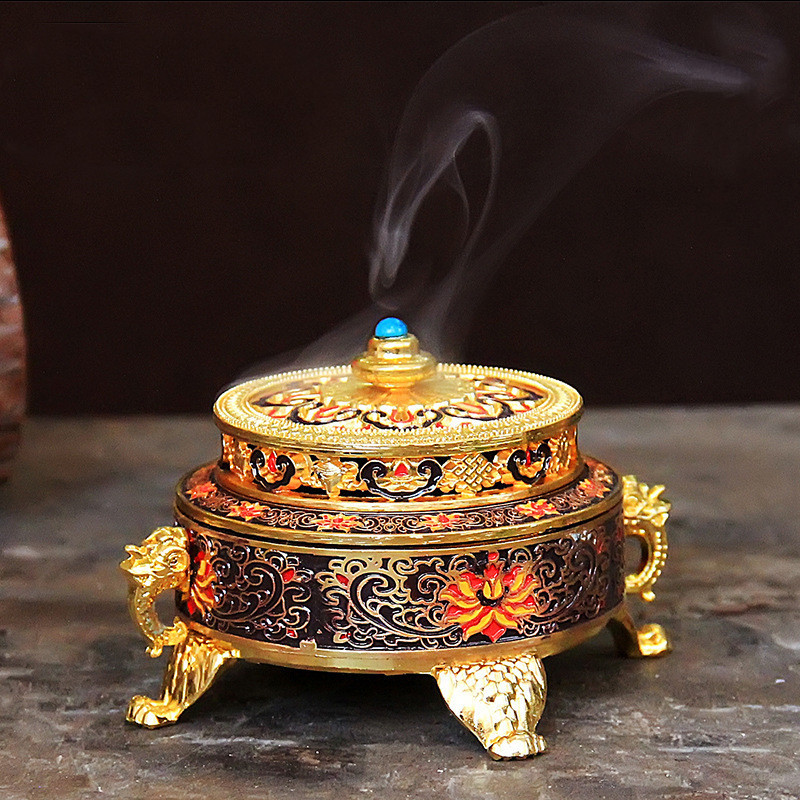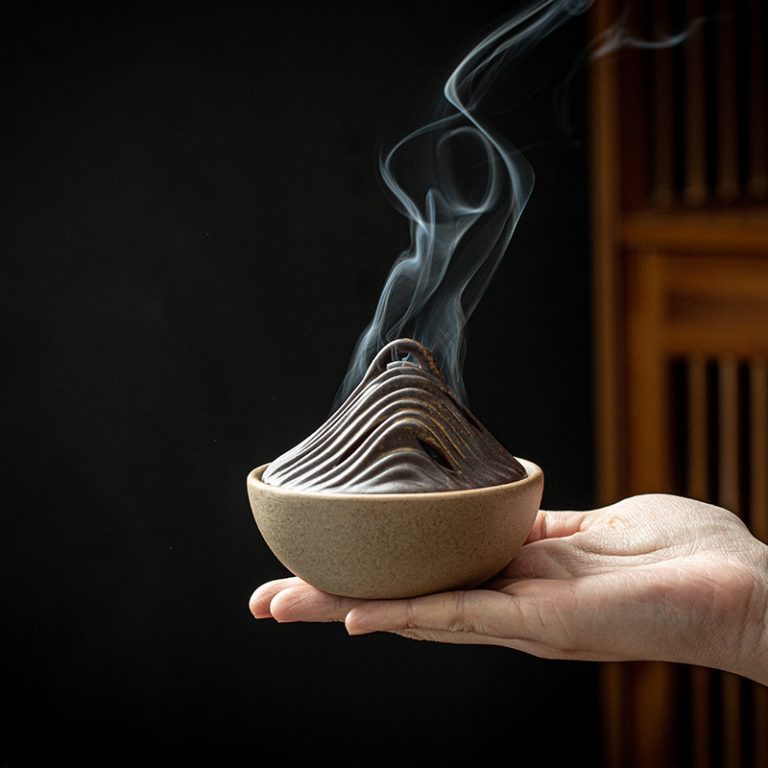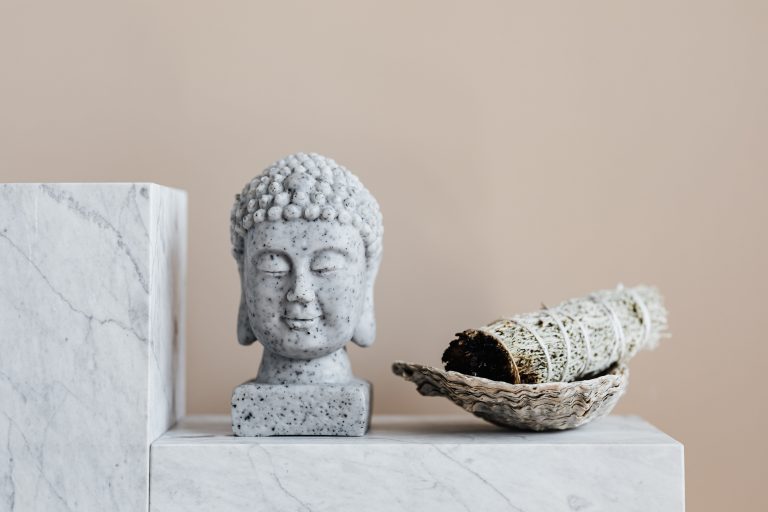Free Delivery Above $100 | Ships to the USA Only | Up to 50% Off

What Does Incense Smell Like?
Incense, with its wispy spirals of smoke and intoxicating fragrances, has captivated humanity for millennia. Used in religious ceremonies, meditation practices, and simply for creating a sensual atmosphere, incense offers a sensory experience unlike any other. But describing the smell of incense can be as elusive as the smoke itself. It’s a tapestry of aromas, weaving together history, culture, and personal preference. So, what does incense smell like? Buckle up, dear reader, for we’re about to embark on a fragrant journey.
A Symphony of Scents:
Unlike a singular perfume, incense boasts a complex symphony of scents. The base notes, often woody and resinous like sandalwood or frankincense, provide a warm foundation. Middle notes, like spicy clove or citrusy lemon, add depth and intrigue. Finally, top notes, such as floral jasmine or musky patchouli, dance playfully on the olfactory edge, leaving a lingering trail of intrigue.
A World of Ingredients:
The diversity of incense scents is as vast as the globe itself. Each culture, each tradition, brings its own unique blend of ingredients to the incense altar. Let’s peek into some fragrant corners of the world:
- India: Sandalwood, the “king of incense,” reigns supreme, offering a calming, woody aroma. Agarbatti, thin incense sticks infused with jasmine, rose, and spices, fill temples and homes with their heady perfume.
- Japan: Aloeswood, or agarwood, with its sweet, woody, and slightly smoky notes, is highly prized. Shoyeido, traditional Japanese incense made from natural ingredients, creates a serene atmosphere for tea ceremonies and meditation.
- Tibet: Juniper berries, with their sharp, balsamic scent, evoke the crisp mountain air. Incense cones made from Tibetan herbs and resins release a purifying aroma in monasteries and homes.
- Middle East: Frankincense and myrrh, both mentioned in the Bible, offer warm, balsamic, and slightly citrusy notes. Bakhoor, a blend of resins and fragrant woods, is burned during celebrations and to welcome guests.
Beyond the Familiar:
While frankincense and sandalwood are familiar faces in the incense world, there’s a whole universe of unique scents waiting to be discovered. Here are a few adventurous picks:
- Palo Santo: This “holy wood” from South America releases a sweet, woody aroma with hints of mint and citrus. Burning Palo Santo is said to cleanse negative energy and bring good fortune.
- Copal: Another South American gem, copal offers a warm, resinous aroma with hints of honey and citrus. Mayan and Aztec cultures used copal for its spiritual and cleansing properties.
- Dragon’s Blood: This resin from Southeast Asia boasts a rich, spicy scent with hints of cherry and vanilla. It’s said to enhance energy and attract prosperity.
A Personal Journey:
Ultimately, what incense smells like is a deeply personal experience. It’s influenced by your memories, preferences, and even the setting. The same incense stick might evoke a calm temple for one person and a bustling spice market for another. Take your time, explore different types of incense, and discover the scents that resonate with your soul.
Tips for Choosing Incense:
- Quality Matters: Opt for natural ingredients over synthetic fragrances. Look for reputable brands and avoid cheap incense that might contain harmful chemicals.
- Start Simple: If you’re new to incense, begin with classic scents like sandalwood or frankincense. Once you get comfortable, experiment with bolder blends.
- Consider the Occasion: Choose calming scents like lavender or sage for relaxation, and uplifting aromas like citrus or cinnamon for energizing spaces.
- Set the Mood: Lighting incense is a ritual in itself. Create a serene ambiance with soft lighting and calming music.
Beyond Burning:
The magic of incense doesn’t have to be confined to burning sticks. Infuse your home with these fragrant delights:
- Incense Soaks: Add a few drops of essential oils like sandalwood or lavender to your bathwater for a luxurious soak.
- Aroma Diffusers: Use an essential oil diffuser or ultrasonic humidifier to disperse your favorite incense scent throughout your living space.
- Potpourri: Create DIY potpourri with dried flowers, herbs, and incense resins for a long-lasting fragrance experience.
The Allure of Incense: Beyond the Smoke
We’ve delved into the symphony of scents that make up the world of incense, but its allure extends far beyond the aromatic smoke itself. As a practice steeped in history and ritual, incense offers a gateway to personal reflection, cultural exploration, and even artistic expression. Let’s embark on a deeper exploration of the magic contained within those wispy spirals:
A Legacy in Time:
The use of incense stretches back millennia, woven into the fabric of diverse cultures and religious traditions. Ancient Egyptians employed frankincense and myrrh in temple rituals, while Chinese emperors burned sandalwood for its calming properties. Native American cultures throughout North and South America utilized copal and Palo Santo for spiritual cleansing and communication with the spirit world. Incense thus serves as a bridge connecting us to our ancestors and the wisdom they held dear.
Ritual and Reflection:
The act of burning incense itself becomes a ritual, inviting us to slow down and be present. Lighting a stick, observing the curling smoke, and inhaling the aromatic offerings – these mindful steps create a space for introspection and meditation. Whether seeking inner peace, seeking guidance, or simply appreciating the moment, incense becomes a companion on our personal journeys.
Cultural Mosaic:
Each culture boasts its own unique blend of ingredients and methods for utilizing incense. Exploring these diverse practices broadens our understanding of the world and fosters cultural appreciation. Witnessing a Japanese tea ceremony where Shoyeido incense gently perfumes the air, or participating in a Tibetan puja ceremony where juniper berries release purifying smoke, we glimpse into the heart and soul of these societies.
Artistic Expression:
Beyond its ritualistic and cultural significance, incense also inspires artistic expression. Incense artists craft beautifully sculpted cones and sticks, infusing them with colors, textures, and symbolic imagery. The act of burning these creations becomes a visual and olfactory performance, a fusion of scent and artistic vision.
A Sensory Sanctuary:
In a world saturated with digital overload and sensory bombardment, incense offers a refuge for the senses. The warm glow of candlelight, the gentle crackling of burning wood, and the enveloping aroma of aromatic smoke create a sanctuary for relaxation and rejuvenation. Incense allows us to reconnect with our senses, appreciate the subtle nuances of fragrance, and find solace in the present moment.
From Tradition to Innovation:
The world of incense isn’t stagnant. Modern perfumers and artisans are constantly pushing the boundaries, creating innovative blends and experimenting with new ingredients. From incense infused with chocolate or coffee to scents that evoke specific moods or memories, the possibilities are endless. This contemporary adaptation ensures that the legacy of incense remains vibrant and relevant in our modern world.
Conclusion:
The allure of incense lies not just in its fragrant smoke, but in its power to connect us to something deeper – to history, culture, and our own inner selves. It invites us to slow down, breathe deeply, and find beauty in the present moment. So, dear reader, I encourage you to continue your fragrant journey. Explore different scents, create your own rituals, and allow incense to guide you on a path of discovery, peace, and perhaps, a touch of olfactory magic.


